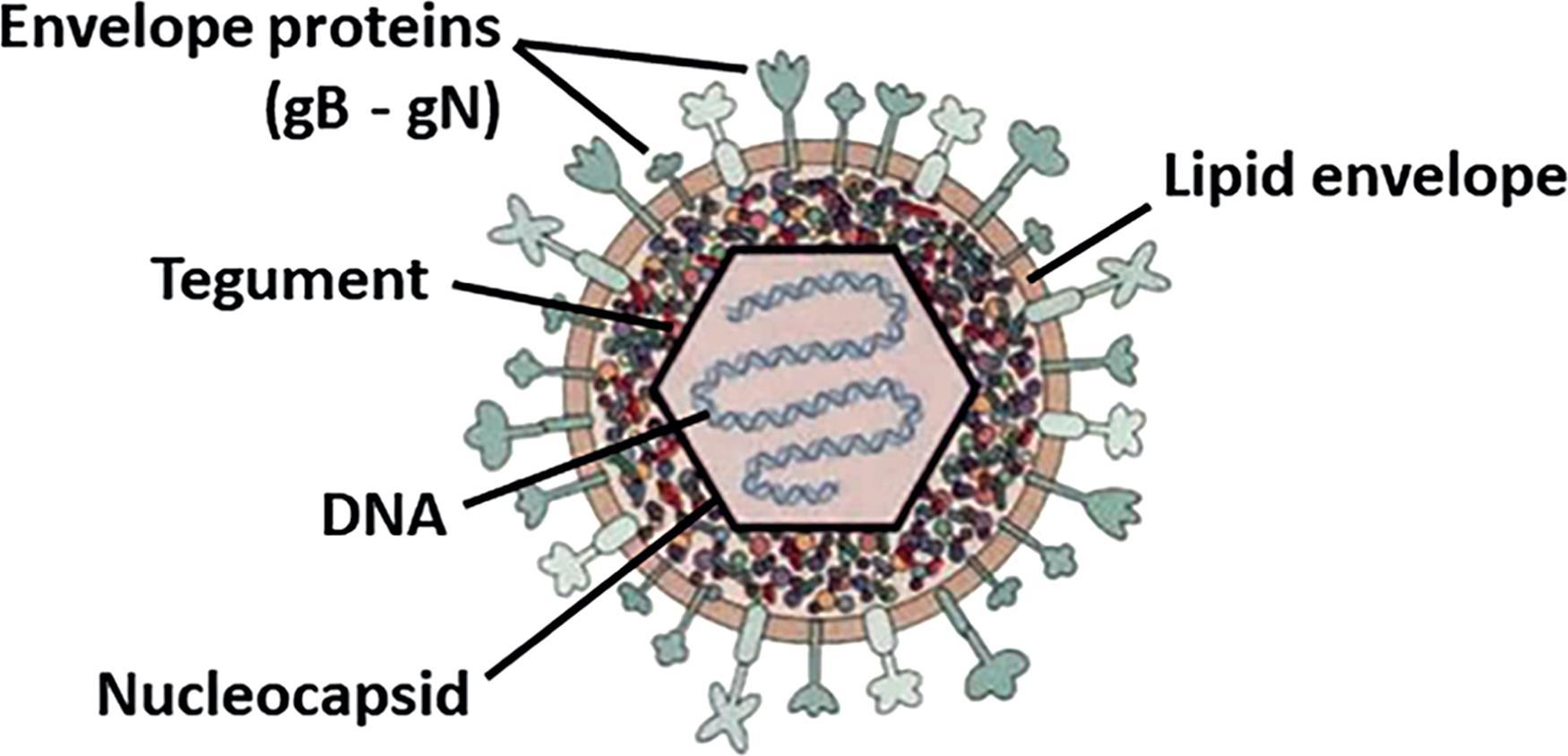Physical Address
304 North Cardinal St.
Dorchester Center, MA 02124
Neonatal herpes simplex virus (HSV) infections can cause potentially devastating infections in newborn infants.
HSV has a double-stranded linear DNA genome and is seen in two variants, HSV-type 1 and HSV-type 2.
Neonatal HSV infections occur in three patterns: prenatal, perinatal, and postnatal. Perinatal infections are most common and are associated with serious morbidity and mortality.
HSV infections can be confirmed by isolating the virus in enhanced viral culture, detecting herpes DNA in polymerase chain reactions, detecting herpes antigens by rapid direct fluorescent antibody tests, and enzyme immunoassays.
Acyclovir is the recommended antiviral agent for treatment of all types of HSV disease. The duration of acyclovir therapy depends on the type of infection and the response of neonatal HSV.
The outcome of HSV infection of neonates depends on clinical types. HSV infection is life-lasting, even with appropriate treatment. Neonatal central nervous system infection is an important cause of neurodevelopmental delay. The disseminated disease is most serious and may cause mortality in up to 30% of infected infants.
Neonatal herpes simplex virus (HSV) can cause potentially devastating infection in newborn infants. These infections have been noted in about 0.2% of all neonatal intensive care admissions and account for 0.6% of neonatal mortality in the United States. Infected infants need prolonged monitoring and treatment, and with a high incidence of long-term morbidity, they frequently need considerable healthcare resources.
HSV has a double-stranded linear DNA genome of 150,000 base pairs that encode more than 80 polypeptides. The nucleocapsid is composed of 162 capsomeres arranged in a 20-faced polyhedron, which is covered by a lipid tegument containing polyamines ( Fig. 32.1 ). There are two variants, HSV-type 1 and HSV-type 2, but the two share several homologous DNA sequences and encoded glycoproteins, suggesting evolution from a common ancestor virus. Acute infections have a cytolytic effect, but the virus may also persist lifelong in an intracellular latent state that is not susceptible to antiviral agents.

Neonatal HSV infections are seen in 3 to 30 per 100,000 live births. In the United States about 1500 cases are reported per year ; the incidence of neonatal HSV disease has a direct relationship with the prevalence of HSV-type 2 genital infections in the general population. There are some concerns that the incidence of central nervous system (CNS) and disseminated HSV infections may have increased since the year 2000. , , Early testing and empiric treatment for HSV infections should be considered in all ill febrile neonates, and this approach may improve the survival rate and reduce the long-term sequelae.
There are three patterns of neonatal (<3 months of age) HSV disease , :
Prenatal, seen in 1 in 250,000 infants;
Perinatal, seen in 1 in 3200 to 10,000 live births and associated with serious morbidity and mortality; and
Postnatal, seen in about 1 in 100,000 live births.
Neonatal HSV infections account for 1.2% of all emergency room admissions in the United States. Studies show three patterns of neonatal HSV disease: localized to the skin, eyes, and mouth (SEM) in approximately 40%; to the CNS in 30%; and disseminated infection in 30%. These infections are seen most often between 7 and 14 days after birth, and the frequency declines in the second month after birth.
Become a Clinical Tree membership for Full access and enjoy Unlimited articles
If you are a member. Log in here